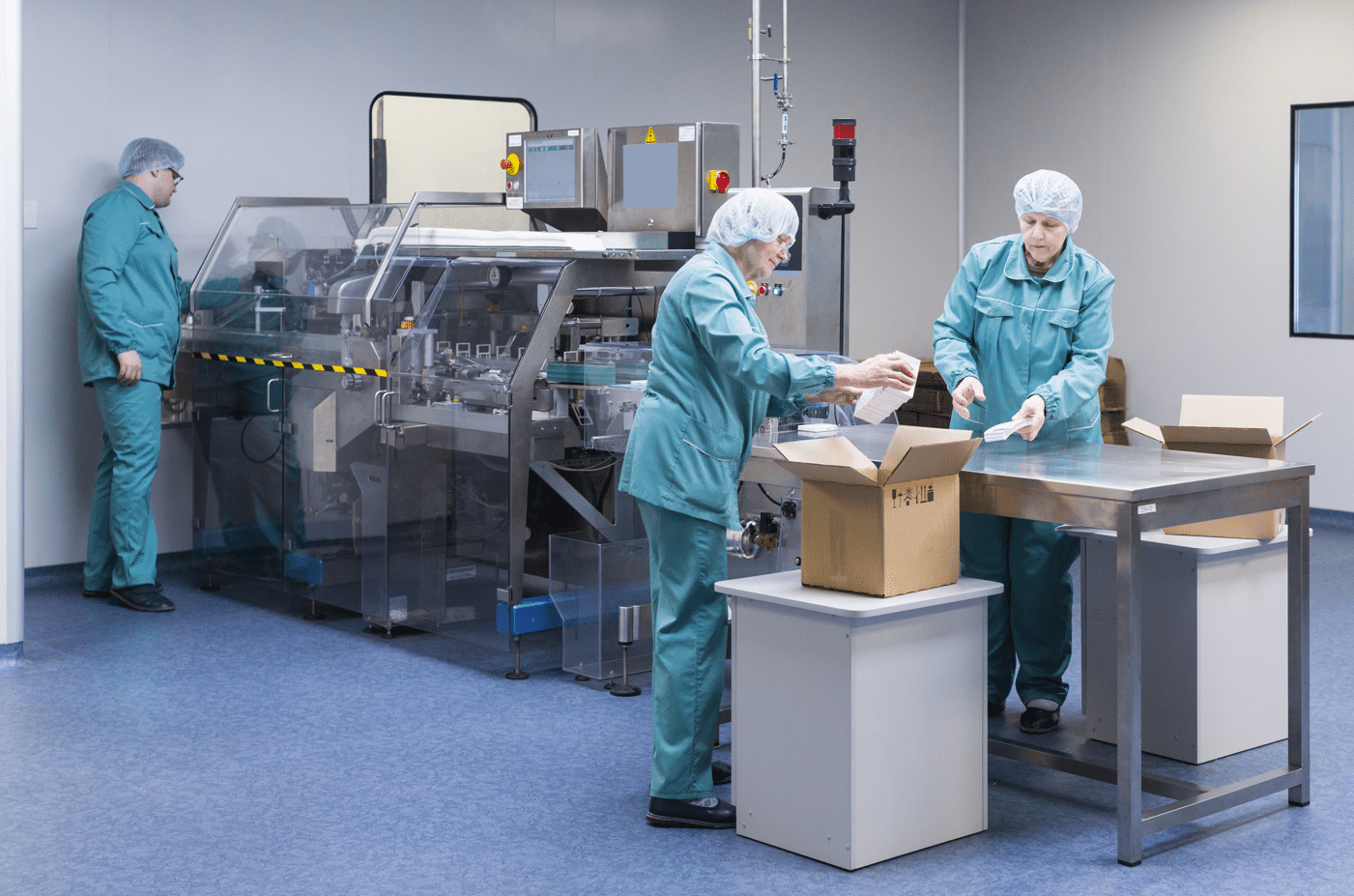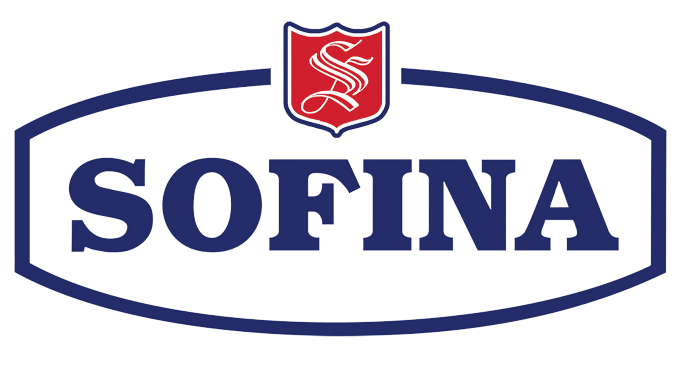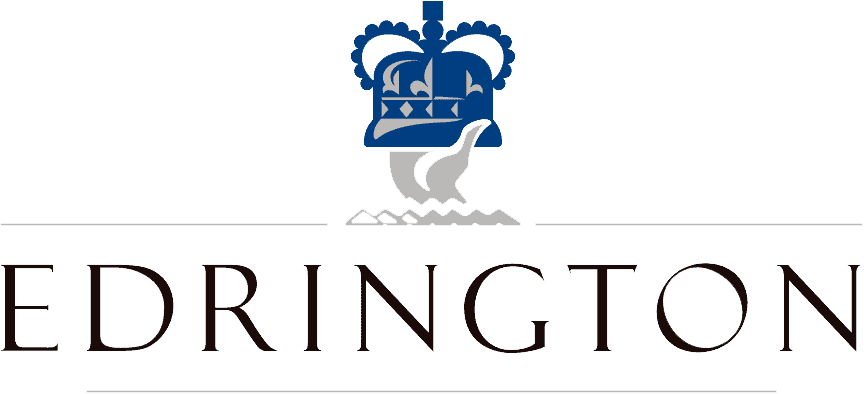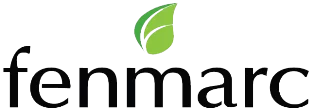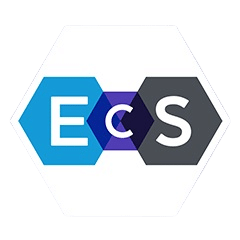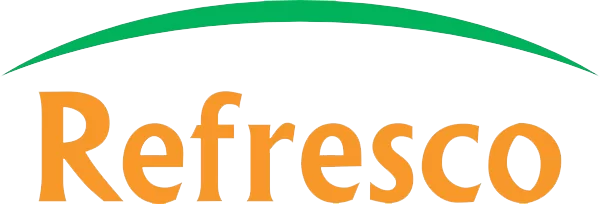Fill Optimisation
Harford Fill Optimisation Solutions help manufacturers achieve optimal filling while complying with average quantity regulations. These solutions include Weight Control, Average Quantity, SPC and Process Integration.
Fill Optimisation Solutions – Eliminate Risk, Reduce Wastage, Improve Product Quality
Efficient and accurate fill optimisation is crucial for industries that rely on precise measurements and quantities in their manufacturing processes. Harford Control offers advanced solutions to optimise fill operations, ensuring consistency and compliance with quality standards. With our expertise in fill optimisation technologies and systems, businesses can eliminate risk, reduce wastage, improve product quality, streamline production process and ensure compliance with regulatory requirements.
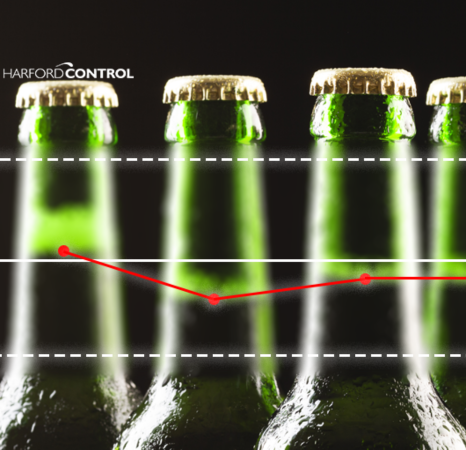
Minimise Overfill or Underfill, Reduce Waste & Enhance Efficiency
Harford fill optimisation incorporates weight control, average quantity, and process integration to ensure optimal filling while complying with average quantity regulations. Through precise measurement and control, businesses can achieve consistent product quality, minimise overfill or underfill, reduce material waste, and enhance operational efficiency. Our solutions enable manufacturers to achieve end-to-end traceability, providing actionable insights for managers and operations.
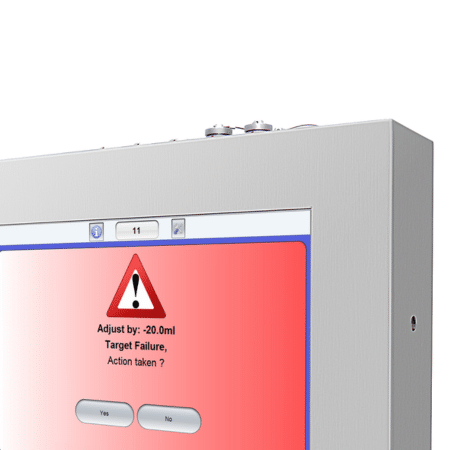
Weight/Volume Control & Average Quantity Law
Effective Quantity Control is the chief outcome of fill optimisation. It must encompass the combination of Average Quantity Law, Statistical Process Control and Process Capability, if optimal control is to be achieved.


Statistical Process Control (SPC)
The Harford system automates SPC and Process Capability analyses, establishing suitable Target and Control Limits for each product/production line to achieve optimal fill levels with minimal waste and fewer adjustments.

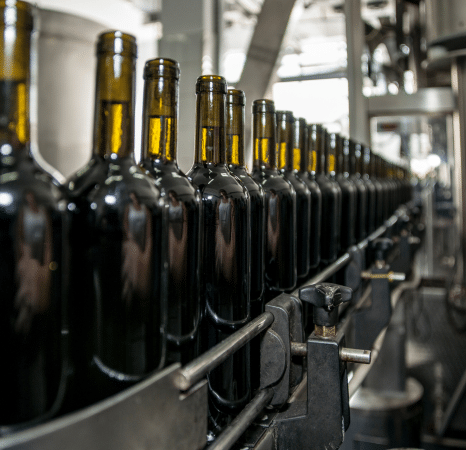
Production Integration
The Harford Production Integration solution involves monitoring the entire journey of raw materials, from their initial stage to the final processing in vessels and tanks, ensuring real-time visibility of performance and quality for streamlined operations.

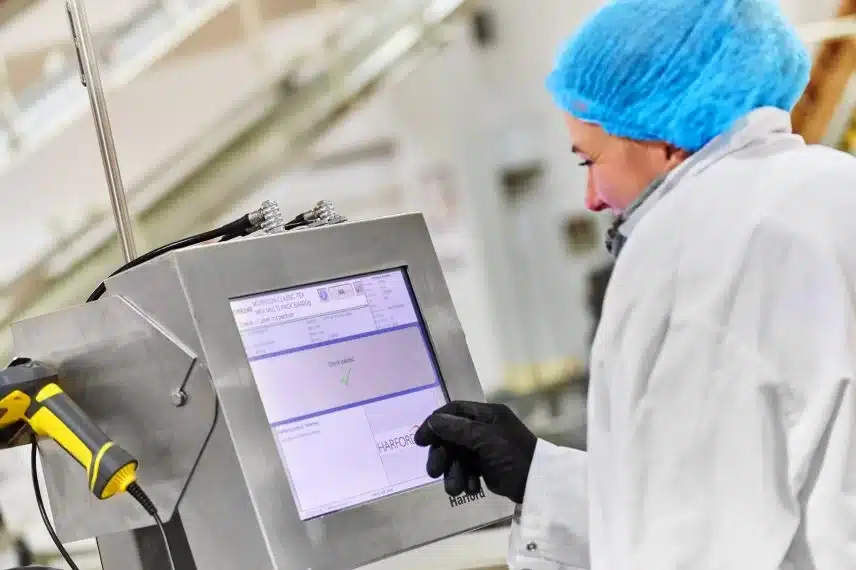
Why partner with Harford Control?
Over several decades, Harford Control has worked tirelessly with a wide range of factories across five continents to help optimise their production performance.
With the Harford Manufacturing Execution System (MES) tailored to individual needs, it becomes easier to reduce errors, find the hidden wastage and consequently become more efficient, whilst continuing to deliver consistently high quality products, thereby making each business more profitable and sustainable.
Most manufacturers are facing ever increasing input and transformation costs with few opportunities to increase the output price to their customers (High Street Multiples).
This encourages manufacturers to look more deeply into their production processes to find the hidden costs, eliminate wastage and thereby improve efficiency without compromising quality.
The problem of rising input costs and fixed output costs is nothing new and will not end. Therefore performance improvement to drive down transformation costs must be continuous for the business to sustain its market position and avoid losing its place on supermarket shelves to the competition.

Who We Have Helped
FAQs
-
What is fill optimisation?
Fill optimisation in manufacturing refers to the process of carefully calibrating and controlling the amount of material or substance filled into containers or products. By ensuring precise filling while minimizing wastage, this approach enhances operational efficiency and maintains product integrity.
-
Why is fill optimisation important for manufacturing?
Fill optimisation is pivotal for manufacturing due to its impact on both financial and product-related aspects. Properly optimised filling processes reduce material wastage, leading to cost savings and environmental benefits. Moreover, it guarantees that products meet quality and consistency standards, boosting customer satisfaction.
-
How does fill optimisation contribute to cost reduction?
Fill optimisation directly affects costs by reducing material waste, leading to substantial savings in the long run. This approach minimises overfilling or underfilling instances, curtails the need for rework, and safeguards against costly regulatory fines.
-
What technologies are used for fill optimisation?
Fill optimisation utilises sophisticated technologies such as precision sensors, automated controls, and real-time monitoring systems. These advanced tools ensure accurate measurements, enable regulation of filling procedures, and generate data for continuous process improvement.
-
How the solutions improve product quality?
Fill optimisation enhances product quality by guaranteeing uniformity and adherence to predetermined fill levels. This diminishes variations, prevents the occurrence of underfilled or overfilled products, and consequently elevates overall product quality and customer satisfaction.




